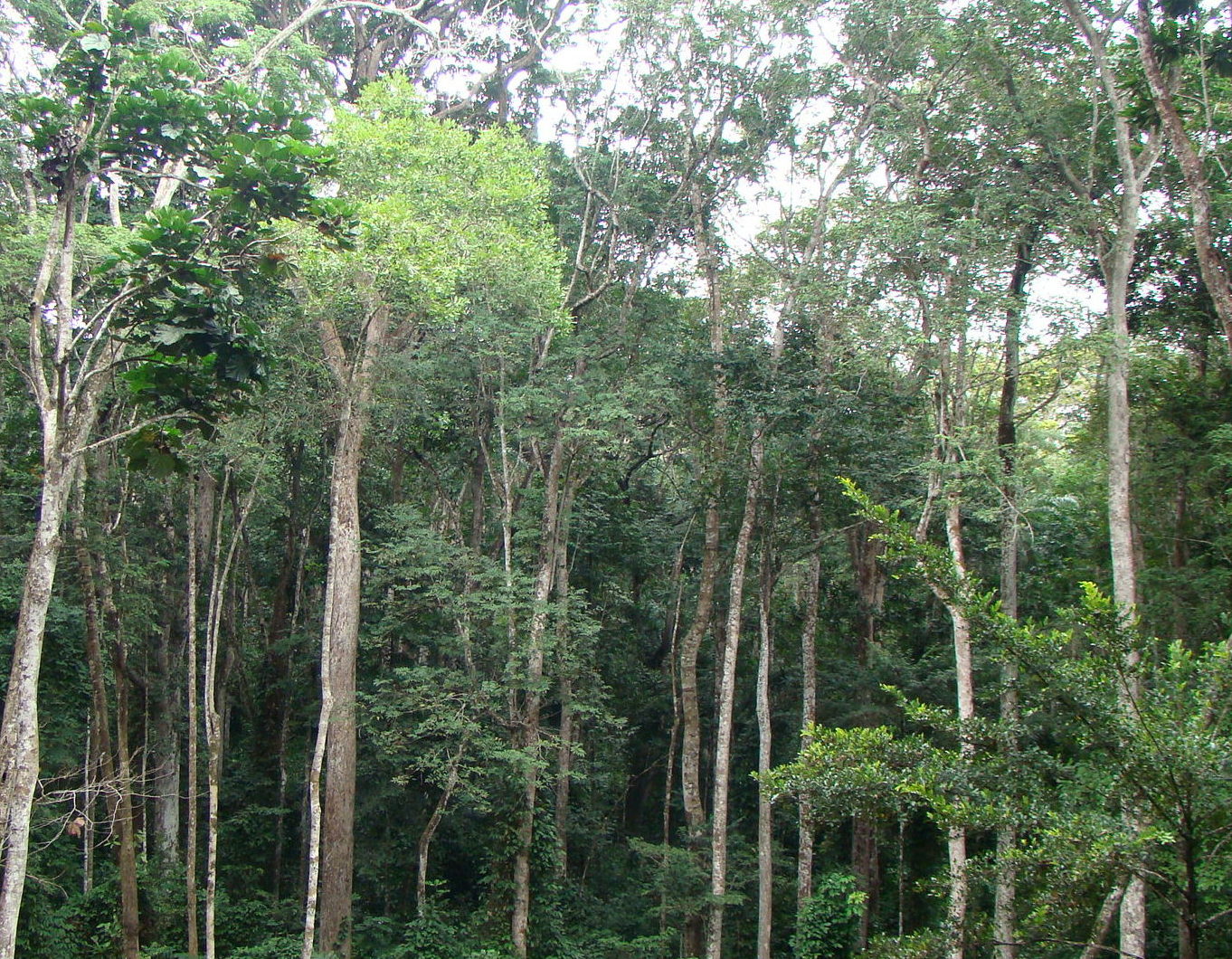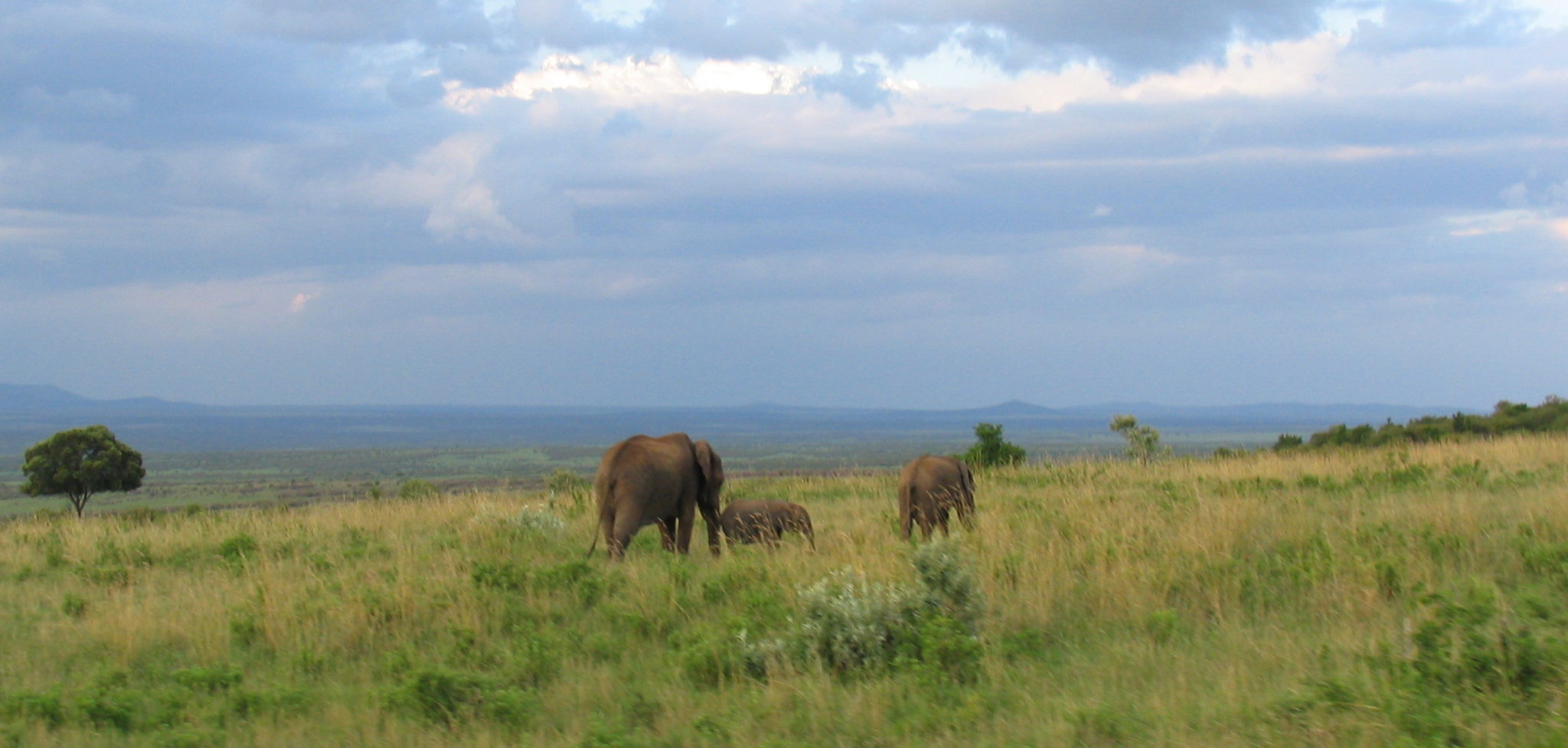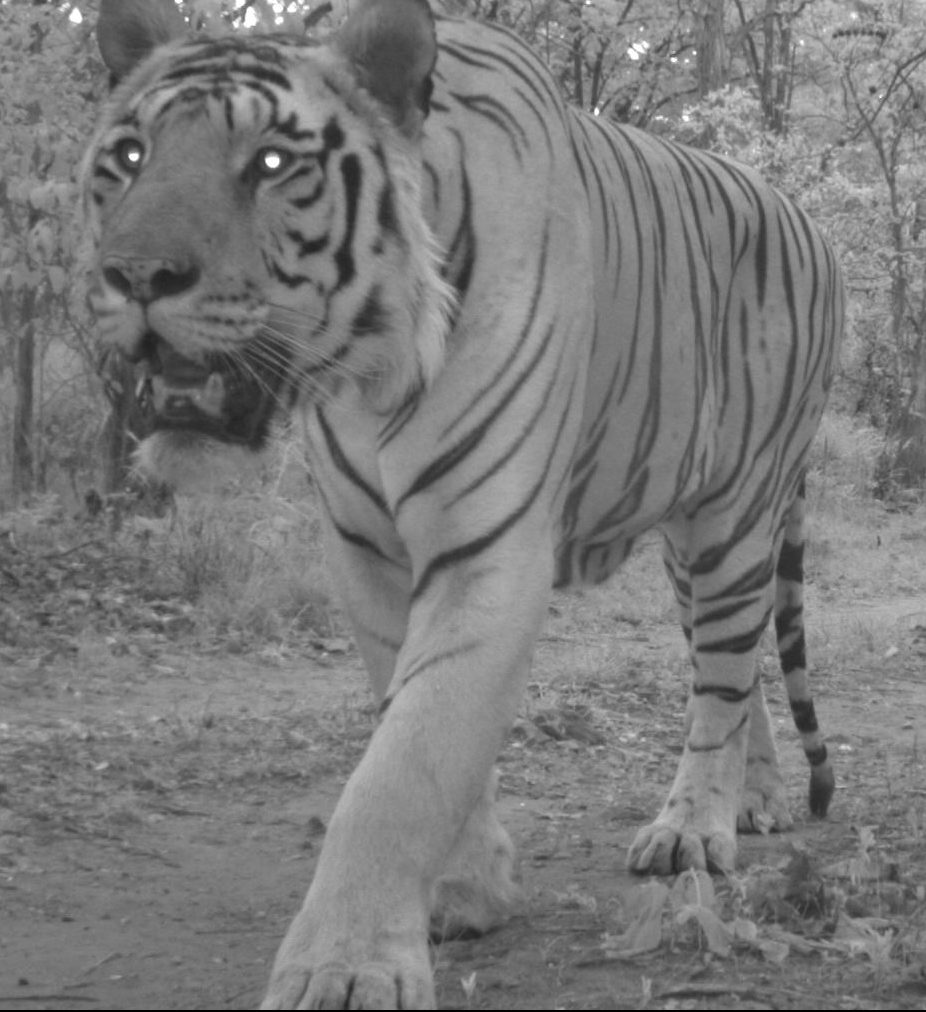I love fashion, especially garments with animals on them. I wear so many of them, that my boss asked me about the biodiversity of my closet. I was genuinely curious so I counted all the plants, animals, and any other life forms that I could spot and calculated the Shannon Weiner biodiversity index, a real index used in scientific research, of the biodiversity within my wardrobe. I ended up having a seemingly diverse wardrobe with a value of 4.1, but was this really that diverse? I blogged about it and set out a call to action to find out.
It turns out, that I remain the queen of biodiverse wardrobes. My biodiversity index was the highest, but fellow blogger Emily Puckett’s was a close second with 3.9 and Summer Higdon’s was in third with 3.26.

If you didn’t know Summer’s or Emily’s index, would you think my 4.1 was good? Their values are also not that far behind. Is my wardrobe have that much more biodiversity?
[mailerlite_form form_id=3]On its own, biodiversity index is not all that useful. What makes it powerful is when it is compared to another index, which is why I asked for yours. Scientists don’t really calculate the biodiversity of areas just for the sake of it. They do it to provide insight on the evolutionary processes of an ecosystem, to understand how environmental or human impacts affect ecosystems, or for management and monitoring purposes.
When comparing different values, it is first important to put it in the right context because it may not be a fair comparison. For our wardrobes, maybe mine ended up being higher because I spend a greater percentage of my income on clothes, have different types of events that require me to buy different types of clothes, or people give me biodiverse garments for my birthday and Christmas. Maybe I even have a relative in the fashion industry and I get fun animal fun for free! If any of these are the case, then it would not be a fair comparison between wardrobes. My wardrobe couldn’t hold its own to pretty much any celebrity just because of the amount of free stuff they are given from designers.

When comparing the biodiversity of different places for scientific research, scientists must apply the same type of “fairness.” Ecosystems differ in biodiversity naturally because the abiotic factors in the environment differ (e.g. light, climate, water). The biodiversity indices of areas on the equator are going to differ greatly and naturally from places on the poles due to the amount of sunlight they receive and climate. Life can flourish in the tropics with regular sunlight, rainfall, and warm temperatures. Whereas lower diversity is naturally found in more harsh ecosystems such as tundras or deserts as organisms have to adapt to extreme conditions (or die). Thus, there is a strong selective force against species in these types of habitats as fewer are able to survive and eventually evolve to withstand such conditions. Scientists don’t devote time to studying the biodiversity of entirely different ecosystems because we already expect them to be different.
Scientists may want to calculate the biodiversity of similar ecosystems though, but in geographically different places. For example, there are times when I was looking across savannas in Kenya and thought to myself, this could be the US (minus the megafauna). Scientists therefore may want to compare grasslands in different areas of the world to assess similarities and establish standard definitions or targets of high biodiversity. If scientists find that a biodiversity index is different at sites that would appear to be the same, this would lead to questions on why such differences occur. To take our grasslands, one huge difference between Africa and North America is the absence of megafauna in the latter. Some of this is more recent (the decline of bison), but others are more historical (the loss of Ice Age megafauna). Comparing values of biodiversity given these differences can offer insight on the evolutionary processes driving ecosystems, and even offer insight into the future. What will happen to African grasslands if there is a massive decline in megafauna? Some have even argued for the “rewildling” of large mammals to North America to restore ecosystem function. What would happen if we did this?

In the context of conservation, calculating a biodiversity index is very important. At the most basic level, these indices serve as an invaluable baseline for future surveys. By monitoring the biodiversity of a protected area over time, you can see if you’ve increased it (perhaps through successful reintroductions of species or in the detection of rare species), maintained it, or lost any. But you can also use biodiversity to identify patterns. Ahumada et al. 2011 compared the mammal diversity of protected areas across seven countries in the world to understand the characteristics that promote biodiversity. They found that fragmented protected areas have lower species diversity than protected areas that were more continuous. This provides important information for governments and scientists on designing protected areas, or advocating for their existence.

Scientists also use biodiversity indices for calculating the biodiversity of different sites within similar ecosystems, but where other factors that vary. For instance, with my research in schools, I can use these indices to compare the biodiversity of mammals in school yards to those in a nearby protected area from previously published research. By choosing locations of the same type of geography and habitat, but differing in development, we can get an idea of how school yards may serve as habitat for wildlife. Through eMammal citizen science, we are also doing this across a large scale, comparing mammal biodiversity between wild, rural, exurban, and suburban areas.
Fair comparisons also matter in terms of the type of biodiversity captured. In the above examples, I talked about biodiversity captured on camera traps, meaning mammals and birds larger than a chipmunk. Given that birds and bats fly, camera traps are not great at sampling these species, or the small rodents underground or in the leaf litter. Not to mention we are forgetting about entire communities of invertebrates, reptiles, amphibians, plants, fungi, and more. When comparing areas, it’s important scientists place the same effort into finding species as to not bias the sample for that site.
In the aforementioned cases, higher diversity seems to be better, but this is not always the case. Human development is typically associated with a decline in biodiversity, and worldwide, this is a true trend. However, as Emily Puckett reported in a blog post, urban areas, can sometimes have higher biodiversity than other areas and not because we are taking better care of these habitats. This is because humans live in these areas and we bring animals and other organisms with us (both accidentally or on purpose), and we plant preferred, often nonnative species in our yards, schools, and office parks. The good news is that even with the nonnative species, some species can still adapt, and some even thrive in altered habitats (think raccoons). However, invasive species can have detrimental impacts on native species, driving some to near extinction, and affecting entire ecosystem function.

We now know what biodiversity is, and how it’s used in science, but does it matter? Should we worry about preserving or even trying to increase biodiversity? I argue that we should. Read why in “How Biodiversity Will Make Your Life Better.“

Another one of my favorite biodiverse fashion pieces – a shark scarf! I got this after I calculated my biodiversity index so this scarf probably increased my index even more.
**This post was originally published on the Wildlife SNPits.
Love this post? Share it with friends!



